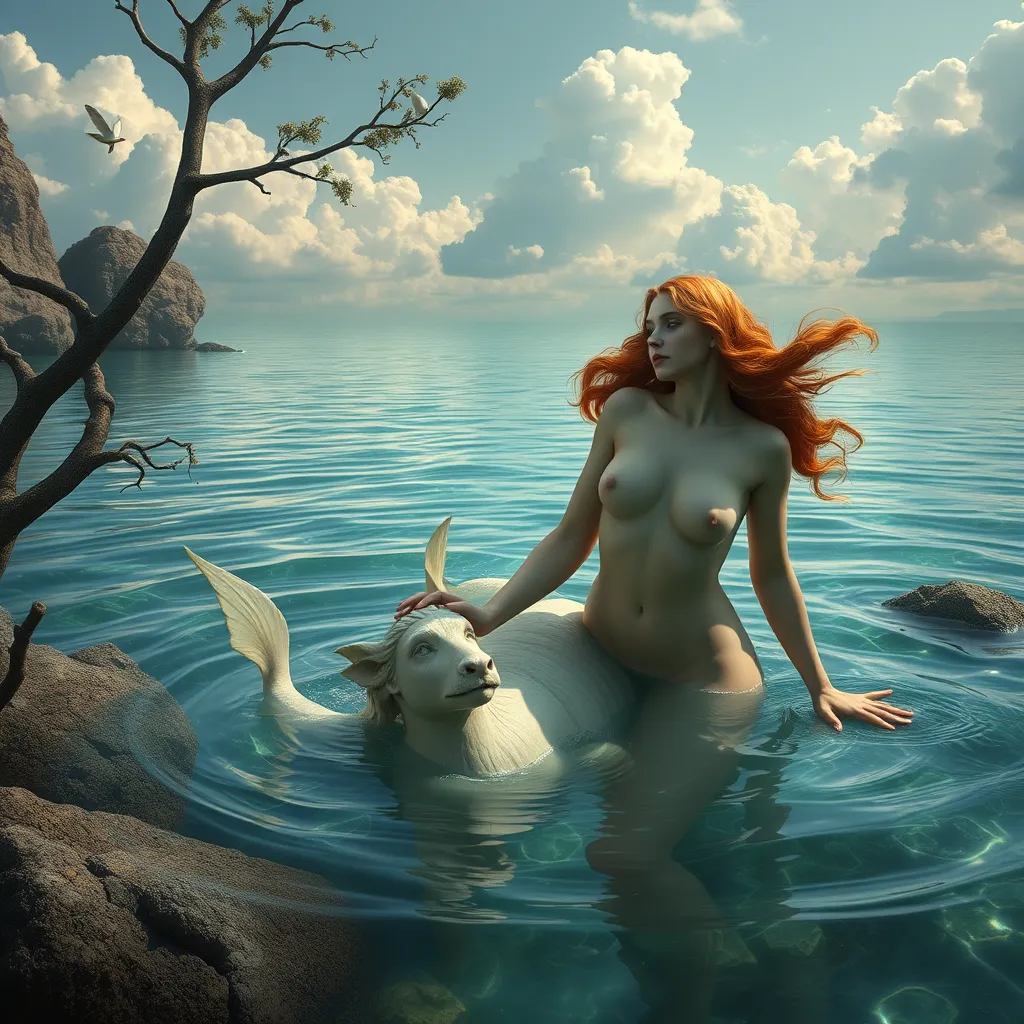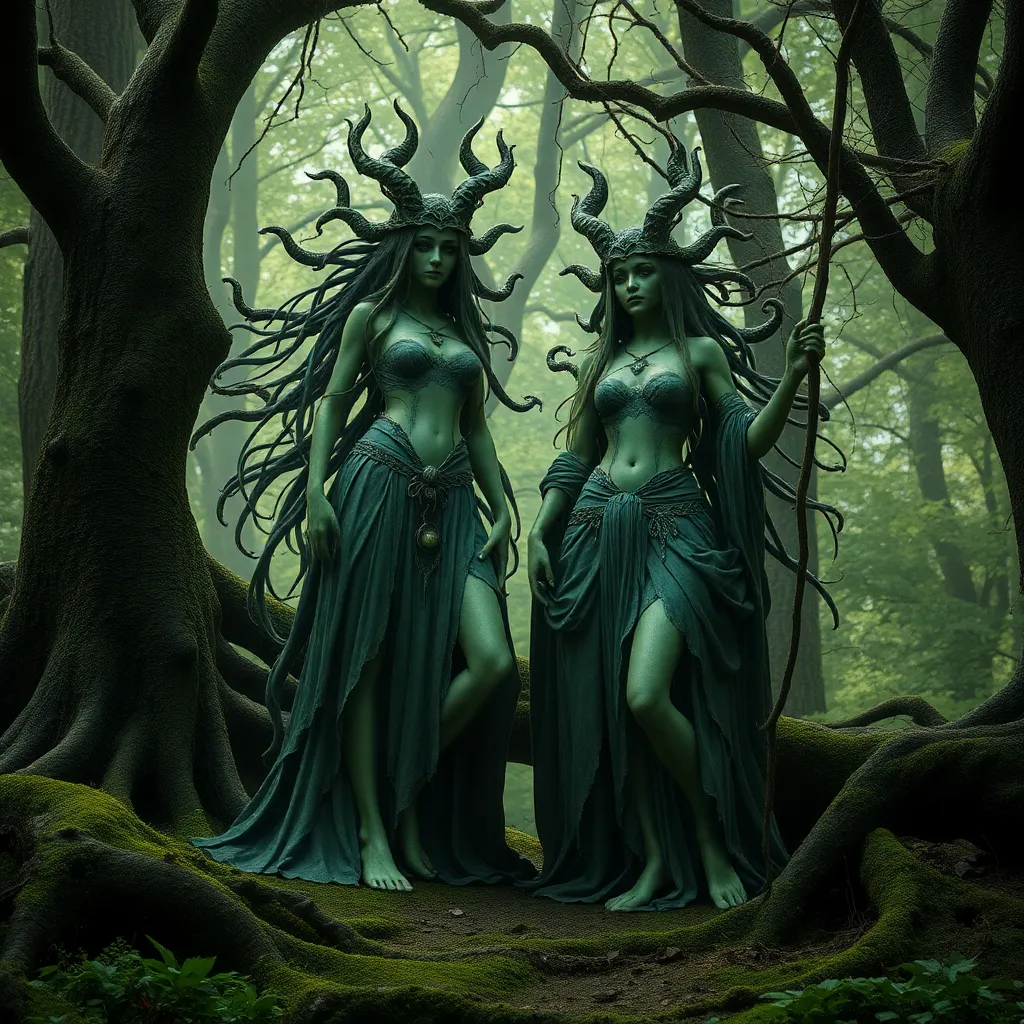The Dragon’s Legacy: A Celebration of the Rich and Diverse World of Dragon Mythology
I. Introduction to Dragon Mythology
Dragons have captivated the human imagination for centuries, appearing in myths, legends, and folklore across the globe. These mythical creatures are often characterized by their serpentine bodies, formidable strength, and magical abilities. The significance of dragons varies widely among cultures, representing everything from chaos and destruction to wisdom and benevolence. This article aims to explore the multifaceted world of dragon mythology, examining their roles in different cultures, their evolution over time, and their enduring legacy in contemporary society.
II. A Global Perspective: Dragons Across Cultures
A. Asian Dragons: Symbols of Power and Wisdom
In many Asian cultures, particularly in China, dragons are revered as auspicious symbols. They are often associated with water, agriculture, and imperial authority. The Chinese dragon, known as “Long,” embodies power, strength, and good fortune. It is commonly depicted as a long, serpentine creature with antler-like horns.
B. European Dragons: Guardians of Treasure and Chaos
Contrasting with their Asian counterparts, European dragons are frequently depicted as malevolent beings that hoard treasures and terrorize villages. Stories like the legend of St. George and the dragon illustrate the battle between good and evil, where dragons represent chaos and destruction that heroes must overcome.
C. African and Indigenous Dragons: Spiritual Beings and Nature Spirits
In various African and Indigenous mythologies, dragon-like creatures often symbolize the connection between the spiritual and natural worlds. They may be seen as guardians of sacred places or as embodiments of natural elements, reflecting the cultures’ deep respect for nature.
III. Evolution of Dragon Imagery Through History
A. Ancient depictions: From Mesopotamia to Medieval Europe
The imagery of dragons can be traced back to ancient civilizations, including Mesopotamia, where the god Marduk battled the dragon Tiamat. In medieval Europe, dragons became prominent in folklore and heraldry, often depicted in a more fearsome light, embodying the chaos that knights sought to vanquish.
B. Dragons in art and literature: Iconic representations over the centuries
Throughout history, dragons have been a popular subject in art and literature. Iconic representations include:
- The dragon in J.R.R. Tolkien’s “The Hobbit,” Smaug, who epitomizes greed and destruction.
- The dragon in William Blake’s art, symbolizing the struggle against oppression.
- Dragons in ancient tapestries and sculptures, showcasing their cultural significance.
C. Dragons in modern media: Film, television, and video games
In contemporary media, dragons continue to thrive as powerful symbols and characters. From the fiery dragon Drogon in the television series “Game of Thrones” to the animated dragon Toothless in “How to Train Your Dragon,” these creatures have evolved to reflect both ancient myths and modern storytelling.
IV. The Symbolism of Dragons in Mythology
A. Dragons as symbols of strength and protection
Dragons are often seen as protectors, guarding treasures and sacred places. In many cultures, the presence of a dragon signifies strength and resilience, embodying the protective spirit of the land.
B. The duality of dragons: Benevolent vs. Malevolent forces
Dragons can be both benevolent and malevolent, representing the dual nature of power. In some myths, they are mentors and guides, while in others, they are adversaries that heroes must confront.
C. Dragons as representations of natural elements: Fire, water, and earth
Many dragons are associated with specific elements, reflecting their connection to nature. For example:
- Fire-breathing dragons symbolize destruction and transformation.
- Water dragons often represent wisdom and fluidity.
- Earth dragons are seen as guardians of the land and fertility.
V. Famous Dragons in Myth and Folklore
A. The Chinese Dragon: Long and the Emperors
The Chinese dragon, or Long, is a legendary creature that signifies imperial authority and auspiciousness. It is often featured in celebrations like the Chinese New Year, where dragon dances are performed to bring good luck.
B. The European Dragon: Beowulf and the Legend of St. George
In European folklore, dragons are often portrayed as formidable foes. The tale of Beowulf features a dragon that represents the inevitability of death and the struggle for glory, while the story of St. George exemplifies the triumph of good over evil.
C. Contemporary dragons: Smaug, Drogon, and other modern legends
Modern literature and media have introduced new interpretations of dragons. Smaug from “The Hobbit” is a classic representation of greed, while Drogon from “Game of Thrones” showcases a more complex relationship between dragons and humans, highlighting themes of loyalty and power.
VI. The Role of Dragons in Cultural Rituals and Festivals
A. Celebrations in Asian cultures: Parades and dragon dances
In Asian cultures, dragons play a vital role in celebrations and rituals. Dragon dances during festivals such as the Lunar New Year are performed to bring good fortune and chase away evil spirits.
B. Dragon-themed festivals around the world
Various cultures host dragon-themed festivals, including:
- The Dragon Boat Festival in China, celebrating the legendary poet Qu Yuan.
- The annual Dragon Festival in Malaysia, featuring colorful parades and performances.
C. The impact of dragons on folklore and oral traditions
Dragons have significantly influenced folklore and oral traditions, serving as cautionary tales or moral lessons. Their stories are passed down through generations, enriching cultural heritage.
VII. The Legacy of Dragons in Contemporary Society
A. The resurgence of dragon-themed literature and art
In recent years, there has been a resurgence of interest in dragon-themed literature and art. Authors and artists draw inspiration from traditional myths while creating new narratives that resonate with contemporary audiences.
B. Dragons in gaming and popular culture: Community and fandom
Dragons have found a prominent place in gaming and popular culture, fostering communities and fandoms. Games like “Dungeons & Dragons” and “Elder Scrolls” allow players to engage with dragon lore, creating immersive experiences.
C. Environmental symbolism: Dragons as guardians of nature
In modern interpretations, dragons are often viewed as symbols of environmental guardianship. They represent the need to protect the natural world, echoing the fears of ecological destruction.
VIII. Conclusion: The Enduring Allure of Dragons
A. Reflection on the universal appeal of dragon mythology
The allure of dragons transcends cultural boundaries, captivating the hearts and minds of people worldwide. Their rich symbolism and diverse representations resonate with universal themes of power, wisdom, and the struggle between good and evil.
B. The future of dragons in storytelling and culture
As society continues to evolve, dragons will undoubtedly adapt and find new roles in storytelling and culture, reflecting contemporary issues and aspirations.
C. Encouragement for readers to explore dragon mythology further
Readers are encouraged to delve deeper into the world of dragon mythology, exploring the vast array of stories and representations that span cultures and history. The legacy of dragons is a testament to their enduring power and significance in human imagination.




